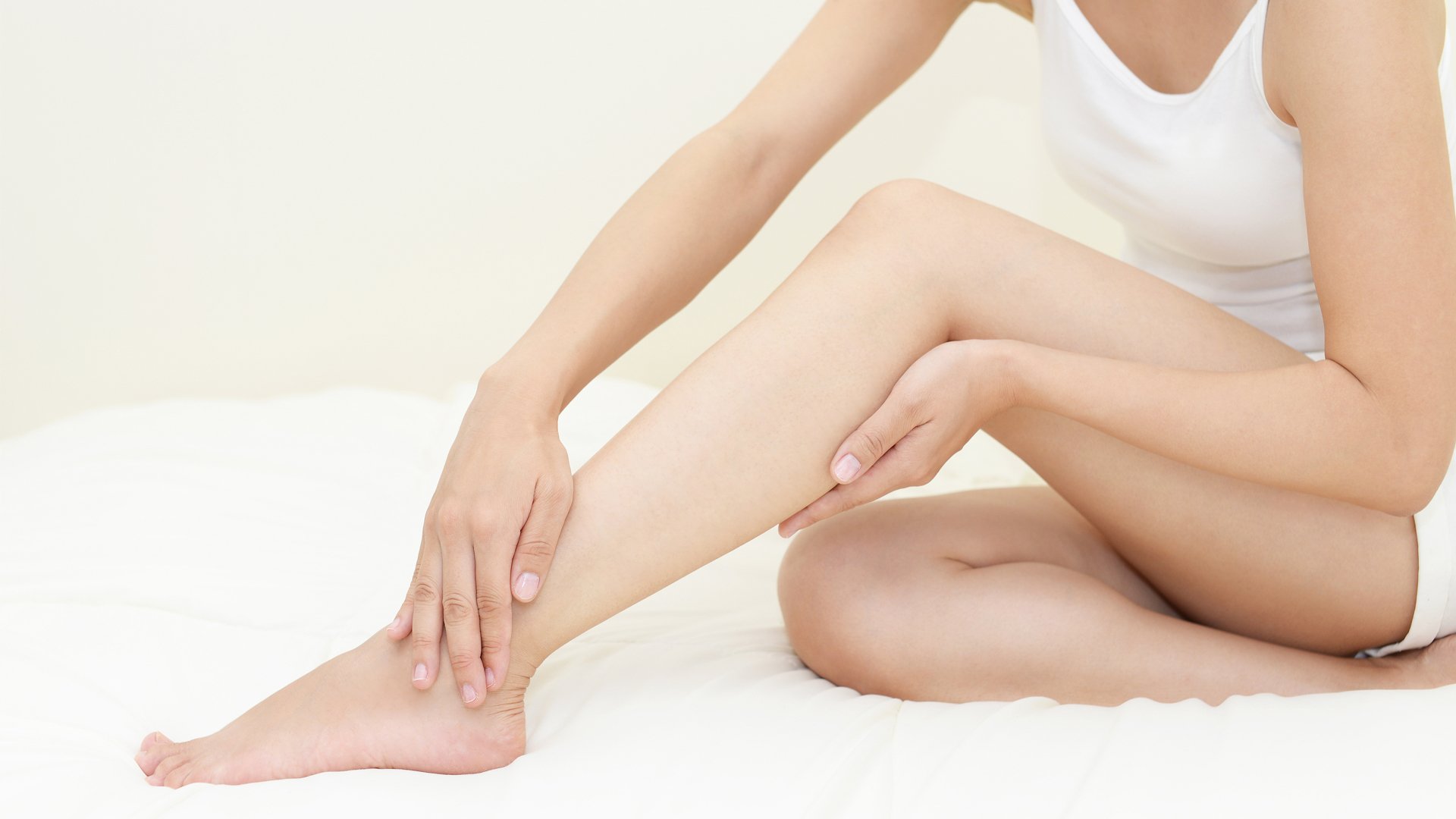That familiar, uncomfortable sensation of icy fingers and toes – cold hands and feet (medically termed peripheral coldness) is a remarkably common experience affecting people worldwide. While often a simple response to a chilly environment, persistent cold extremities can sometimes signal underlying health issues or cause significant discomfort. Let’s explore the causes, potential concerns, and strategies for warming up.
Why Do Our Extremities Get Cold?
Our bodies prioritize core temperature to protect vital organs like the heart and brain. When exposed to cold, blood vessels near the skin’s surface (especially in hands and feet) narrow (vasoconstriction). This reduces blood flow to the periphery, conserving heat for the core. While effective for survival, it leaves fingers and toes vulnerable to feeling cold. Several factors can exacerbate this:
Environmental Exposure: The most obvious cause. Cold air or water rapidly draws heat from exposed hands and feet.
Poor Circulation: Conditions like Peripheral Artery Disease (PAD), where arteries narrow and restrict blood flow to the limbs, are a significant cause. Less severe circulatory inefficiency can also contribute.
Raynaud’s Phenomenon: A specific condition causing exaggerated vasoconstriction in response to cold or stress. Fingers/toes turn white, then blue, then red upon warming, often accompanied by numbness or pain.
Anemia: Low red blood cell count or iron deficiency reduces the blood’s oxygen-carrying capacity, potentially leading to poor circulation and cold sensations.
Hypothyroidism: An underactive thyroid gland slows down metabolism, reducing overall heat production.
Nerve Damage (Neuropathy): Conditions like diabetes can damage nerves, impairing temperature sensation and blood flow regulation in the extremities.
Smoking: Nicotine constricts blood vessels, significantly reducing blood flow to hands and feet.
Stress and Anxiety: The “fight or flight” response triggers adrenaline release, causing blood vessels to constrict, potentially cooling the extremities.
Dehydration: Adequate hydration is essential for optimal blood volume and circulation.
Low Body Weight/Body Fat: Having less insulating fat tissue makes it harder to retain heat.
When Should You Be Concerned?
Occasional cold hands and feet in cold weather are normal. However, consult a healthcare professional if you experience:
Persistent coldness unrelated to temperature.
Color changes in the skin (white, blue, red) – especially indicative of Raynaud’s.
Numbness, tingling, burning, or pain accompanying the coldness.
Sores or ulcers on fingers or toes that heal slowly.
Significant temperature difference between one hand/foot and the other.
Symptoms alongside fatigue, unexplained weight changes, or skin changes (e.g., dryness, puffiness – suggesting hypothyroidism).
Warming Up Strategies: Combating the Chill
For most cases of simple cold extremities, these strategies can help:
Layer Up: Wear warm socks (wool or thermal are great) and insulated gloves/mittens before you get cold. Mittens are often warmer than gloves. Don’t forget a hat – significant heat escapes from the head.
Move Your Body: Physical activity gets your blood pumping. Wiggle fingers and toes, rotate ankles, march in place, or take a brisk walk.
Warm Up Gradually: Avoid plunging icy hands directly into hot water, as rapid temperature changes can cause pain or damage tissue. Use warm (not scalding) water or heating pads gently.
Manage Stress: Practice relaxation techniques like deep breathing, meditation, or yoga to counter stress-induced vasoconstriction.
Quit Smoking: Eliminating nicotine significantly improves circulation.
Stay Hydrated: Drink plenty of water throughout the day.
Consider Your Diet: Ensure adequate iron intake (if deficient) through diet or supplements (consult a doctor). Spicy foods might temporarily boost circulation for some.
Hand/Foot Warmers: Disposable or rechargeable warmers can provide targeted heat in very cold conditions.
Avoid Tight Clothing: Restrictive sleeves, gloves, socks, or shoes can impede circulation further.
Keep Your Core Warm: Wearing layers on your torso helps your body feel less need to restrict blood flow to your extremities.
A Fascinating Fact:
Did you know your fingers don’t actually have muscles to generate significant heat themselves? Their temperature relies almost entirely on the warmth of the blood flowing through them. That’s why improving circulation is key!
Conclusão
Cold hands and feet are usually a harmless, albeit annoying, consequence of your body’s clever heat-saving mechanisms. By dressing warmly, staying active, and managing stress, you can often keep the chill at bay. However, persistent or severe coldness, especially with other symptoms, warrants a conversation with your doctor to rule out underlying conditions like Raynaud’s, PAD, anemia, or thyroid problems. Understanding the “why” behind the chill is the first step towards finding effective solutions and achieving warmer, more comfortable extremities. So, grab those cozy socks and take action against the cold!



